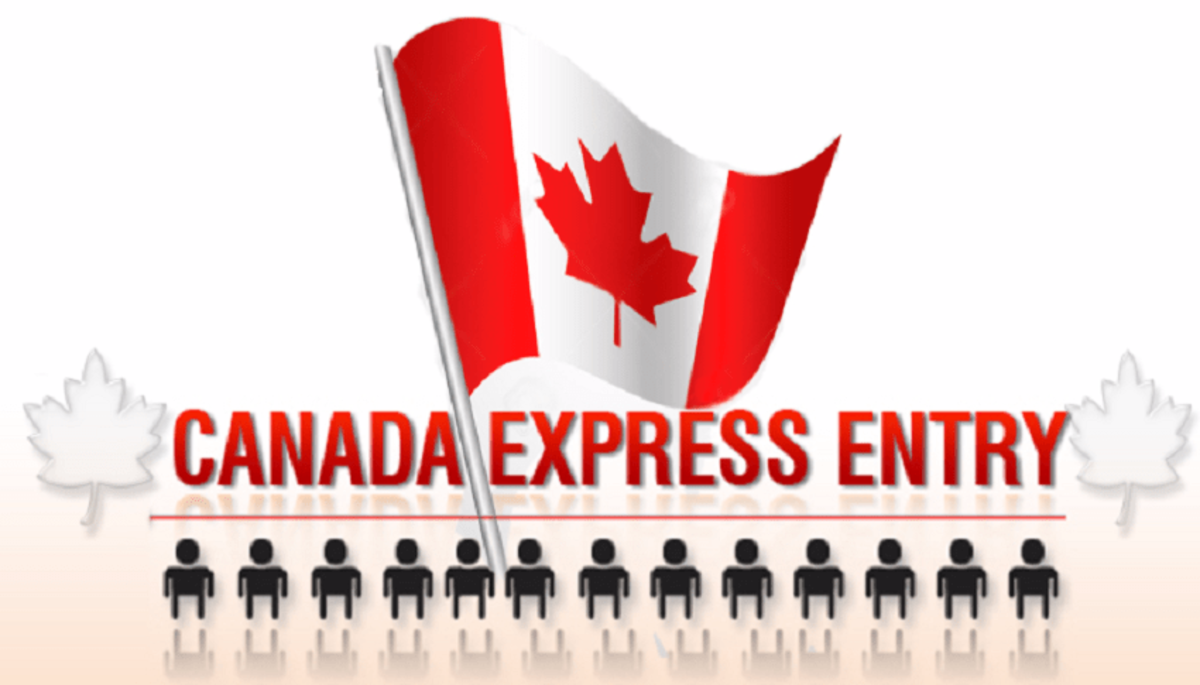
According to the Canadian government immigration website, the Canadian Experience Class (CEC) is a permanent residency category for people with skilled work experience in Canada.
However, it also explained that it was primarily designed for temporary foreign workers or expatriates and foreign graduates with qualifying work experience in Canada.
This article will give detailed information on the Canadian experience class and what you must know about it. The Canadian experience class is also a part of the express entry program.
What is the Canadian Express Entry Program?
The Canada Express Entry Program is a points-based program for skilled individuals looking to migrate to Canada.
It awards points to qualified individuals based on their skills, experience, Canadian employment status, and provincial/territorial nomination.
The higher your points, the greater your chances of receiving an invitation to Apply (ITA) for a Permanent Residency in Canada. PR applications submitted through this route usually take 6-12 months or fewer.
This program has made immigration easier for professionals and made the process more transparent. Key details of the program are:
- This online program has no limitations on applicants and is accessible throughout the year.
- The express entry program applies only to Federal Skilled Worker Program, Federal Skilled Trades Program, and Canadian Experience Class Immigration Program.
- You are required to submit an Expression of Interest and apply as an applicant for any job mentioned in Skill Types 0, A, and B
- Your profile will be evaluated based on points and placed in the applicant pool.
- The Canadian provinces and employers will access this pool from time to time to find talent to meet their needs.
- The highest points holders are sent an Invitation to Apply for PR
- The number of ITAs issued is based on the Annual Immigration
Who is Eligible for the CEC Program?
Have at least 12 months of full-time (or an equivalent in part-time) skilled work experience in Canada within the last three years.
This experience must have been obtained while on a valid work permit and needs to be in one or more occupations classified as skill type 0, A, or B under the National Occupational Classification (NOC).
Plan On Living Outside the Province of Quebec
Meet the required language levels needed for the job for each language ability (speaking, reading, listening, and writing).
These levels are outlined in the table below and must be proven by taking an approved language test.
Notably, work experience gained through self-employment and work experience gained while a full-time student is not eligible under the Canadian Experience Class.
Find Out if You’re Eligible for CEC
To ensure you are eligible for the Canadian Experience Class, head to our Express Entry CRS Calculator.
You’ll discover your eligibility for all three federal economic immigration programs managed under Express Entry, including CEC.
You’ll also get an idea of your possible CRS score and competitiveness within Express Entry.
Canadian Experience Class – How to apply
Let’s look at the process — from getting to Canada as a worker to getting your Permanent Resident (PR) card.
Step 1. Obtain a Canadian Work Permit
The right to work in Canada is an essential prerequisite under this program.
For some people, such as those eligible under the International Experience Canada (IEC) program or the spouse/common-law partner of an international student or foreign worker in Canada, an open work permit may be an option.
For others, an employer-specific (‘closed’) work permit may be issued. Examples of closed work permits include those issued with a positive Labor Market Impact Assessment (LMIA) and Intra-Company transfers.
Step 2: Complete a Year of Work in Canada
Eleven-and-a-half months will not be enough — you need at least a year of work experience (or more, if part-time) to qualify under the Canadian Experience Class.
Step 3: Ensure You Meet Other Eligibility Criteria
Get your language test done. For English, candidates might be required to take the IELTS or CELPIP test.
For French, the TEF and TCF are the currently available options. Candidates with some ability in both English and French can be awarded additional points for their ability in their second language.
Step 4: Create an Express Entry Profile
This step is completed on the IRCC website. You will be required to provide personal information, including your work history and proof of language ability.
Step 5: Improve Your Profile and Ranking Under the CRS
While Federal Skilled Worker candidates must prove their education, Canadian Experience Class candidates do not have to provide this.
Canadian Experience Class candidates who completed their studies outside should get an ECA or upload proof of their Canadian education credential to maximize their chances of being invited to apply for permanent residence.
Several methods can improve your ranking, such as completing additional work experience or seeing if you are eligible under one of the Express Entry-aligned Provincial Nominee Program streams, particularly those in the province where you work(ed).
Your experience and skills may be in demand in the province, and so there could be a 600-point bonus waiting for you.
Step 6: Receive an Invitation to Apply
This is arguably the step that brings the most joy, as it allows you and your family, if applicable, to submit an application for permanent residence.
From this point, you will have 60 days to submit a complete application. ITAs are issued when IRCC conducts one of its draws from the Express Entry pool.
Suppose your work permit is about to expire within the next four months.
In that case, you may also apply for a Bridging Open Work Permit so that you may continue working throughout the rest of the process (though your work permit application can only be submitted after you’ve submitted your permanent residence application for CEC).
Step 7: Medical Tests and Security Background Check
All applicants for this program must undergo medical tests and provide police background checks.
Step 8: The E-application is Reviewed
An immigration officer will go through the application and make recommendations.
Step 9: Confirmation
This is the stage the applicant gets informed if the application has been approved.
Step 10: Permanent Residency Card
After the positive confirmation, you can now apply for the permanent residency card.
